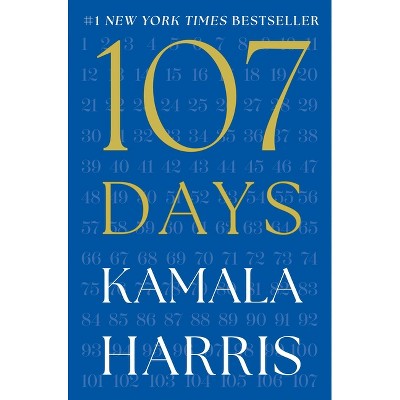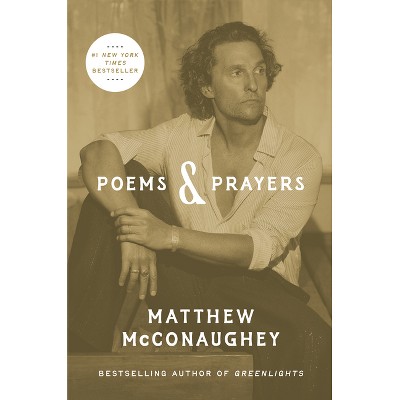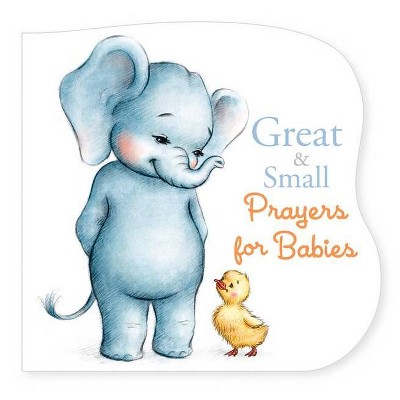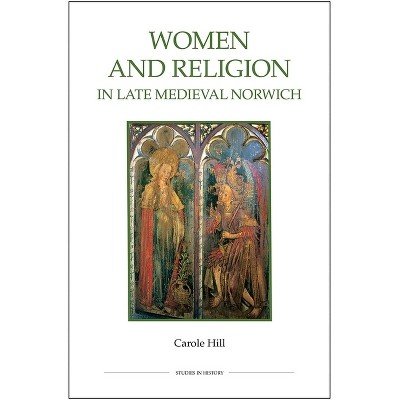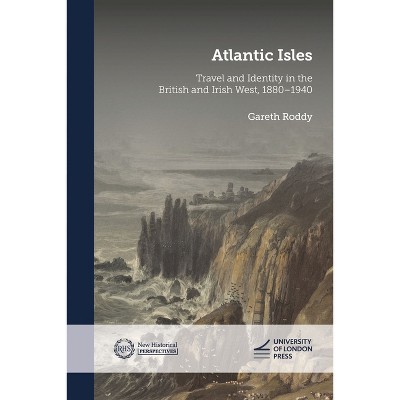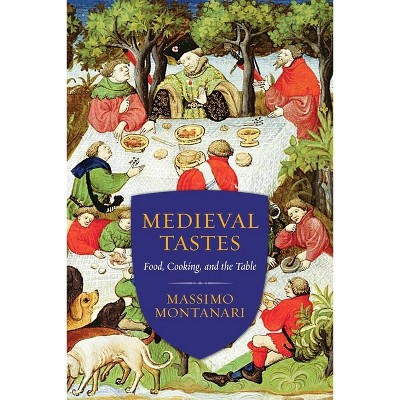Sponsored
About this item
Highlights
- Departing from traditional guild studies, Forging Fraternity in Late Medieval Society crosses conventional historiographical boundaries to reconceptualise guild membership as both a structure for complex social relations and identities.
- About the Author: Rachael Harkes is a postdoctoral research associate on the ERC-UKRI project, MOWLIT: The Medieval March of Wales, 1282-1550: Mapping Literary Geography in a British Border Region.
- 250 Pages
- History, Europe
- Series Name: New Historical Perspectives
Description
Book Synopsis
Departing from traditional guild studies, Forging Fraternity in Late Medieval Society crosses conventional historiographical boundaries to reconceptualise guild membership as both a structure for complex social relations and identities. With over 18,000 members recorded in the guild's massive extant archive, the Palmers offer a unique opportunity to investigate the interplay between institutions and individuals in the Middle Ages.
Review Quotes
This book gets to the heart of why guilds were so successful in building community and connection in late medieval England and Wales. Rachael Harkes achieves a tremendous blend of analysis and insight through meticulous document research that reveals the full picture of how the Palmers Guild built its ethos and interests through cultivation of a public role that involved a cross section of English and Welsh people, from beggars to nobles, across three hundred years of life on the Marches. This well-structured and engaging account unveils important new evidence of the mechanics of late medieval urban life and in doing so takes us closer to understanding how the interactions of community in pre-Reformation England and Wales truly worked.
-Sean Cunningham, Head of Medieval Records, The National Archives, UK
About the Author
Rachael Harkes is a postdoctoral research associate on the ERC-UKRI project, MOWLIT: The Medieval March of Wales, 1282-1550: Mapping Literary Geography in a British Border Region. She has published articles in Urban History and the Journal of British Studies.

